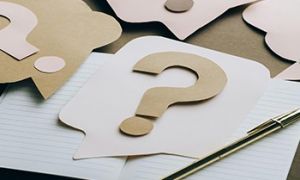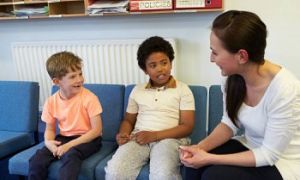Hand-eye coordination is a crucial skill for preschoolers, helping them with everyday tasks, sports, and academic activities like writing and drawing. Here are 40 engaging activities to develop this skill.
- Throwing and Catching a Ball – Use different-sized balls to improve coordination.
- Pillow Fights – A fun way to practice tracking moving objects.
- Threading and Lacing – String beads or lace cards to enhance fine motor skills.
- Gardening – Digging, planting, and watering require precise hand movements.
- Bowling (Skittles) – Roll a ball to knock down pins.
- Puzzles – Matching pieces strengthens visual tracking and dexterity.
- Stacking Blocks – Helps with precision and spatial awareness.
- Drawing and Coloring – Encourages controlled hand movements.
- Stringing Beads – Improves dexterity and concentration.
- Building with Blocks – Enhances grip strength and coordination.
- Using Scissors – Cutting along lines refines motor control.
- Playing Catch with a Balloon – Slower movement makes tracking easier.
- Pouring Water into Cups – Helps with precision and control.
- Using Tweezers to Pick Up Small Objects – Strengthens fine motor skills.
- Playing Musical Instruments – Requires coordinated hand movements.
- Using a Hammer and Peg Set – Improves accuracy and strength.
- Tracing Shapes – Develops steady hand control.
- Rolling a Ball Through a Maze – Encourages precise movements.
- Cooking Activities – Stirring, measuring, and chopping require coordination.
- Interactive Games on Tablets – Some apps are designed to improve hand-eye coordination.
- Walking on Unstable Surfaces – Playing on uneven terrain enhances balance.
- Wheelbarrow Walking – Strengthens arms and core while requiring teamwork.
- Crab Walking – Builds upper body and core strength.
- Hopscotch – Helps practice jumping and landing techniques.
- Standing on One Foot – A simple yet effective balance challenge.
- Climbing Activities – Using climbing walls or domes improves strength and coordination.
- Jump Rope – Encourages rhythm, timing, and coordination.
- Obstacle Courses – Crawling, jumping, and balancing through obstacles refine motor skills.
- Dancing – Following dance moves enhances coordination and rhythm.
- Balancing on a Beam – Walking along a narrow surface improves stability.
- Tossing Bean Bags into Targets – Helps with precision and hand-eye coordination.
- Scooter Board Activities – Strengthens core muscles while improving movement control.
- Simon Says with Movement Commands – Encourages listening and coordinated actions.
- Rolling a Ball to a Partner – Develops tracking and controlled movement.
- Playing with a Parachute – Lifting and lowering a parachute requires teamwork and coordination.
- Jumping Over Small Hurdles – Improves timing and agility.
- Balancing on One Leg While Passing an Object – Strengthens stability and focus.
- Using a Balance Board – Enhances core strength and coordination.
- Throwing and Catching a Frisbee – Requires tracking and precise hand movements.
- Playing Tug-of-War – Strengthens grip and coordination.
Hand-eye coordination is such a key part of early childhood development—it’s where visual input and motor output sync up like a well-rehearsed dance. In preschoolers, it supports everything from catching a ball and threading beads to drawing shapes and feeding themselves with confidence
Further Reading
Developing Fine Motor Skills In Children
50 Fine Motor Skills Activities
Pre-Writing Skills Activities For Preschoolers


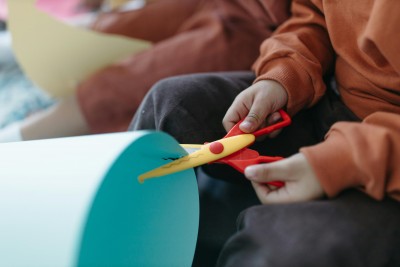

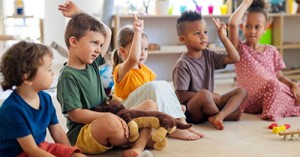

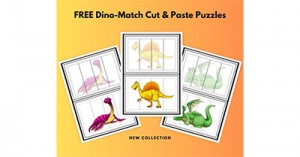
 Open ended questions cannot be responded to with one word answers such as yes or no. These types of questions enables a child to provide
Open ended questions cannot be responded to with one word answers such as yes or no. These types of questions enables a child to provide During your child’s preschool years, an important milestone begins to emerge. This is the development of pre-writing skills. Pre-writing skills are used to encourage, develop
During your child’s preschool years, an important milestone begins to emerge. This is the development of pre-writing skills. Pre-writing skills are used to encourage, develop Open ended materials enables children to play freely. They are objects that have no rules to follow, use or function. Raw materials that can be
Open ended materials enables children to play freely. They are objects that have no rules to follow, use or function. Raw materials that can be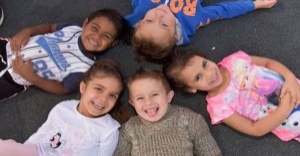 An Acknowledgment of the Country is a way of showing respect for the Traditional Owners and can be given by both non-Indigenous people and Aboriginal
An Acknowledgment of the Country is a way of showing respect for the Traditional Owners and can be given by both non-Indigenous people and Aboriginal Language plays an important role in a child’s development. It enables a child to communicate effectively with their family, learn at school, socialize with friends,
Language plays an important role in a child’s development. It enables a child to communicate effectively with their family, learn at school, socialize with friends,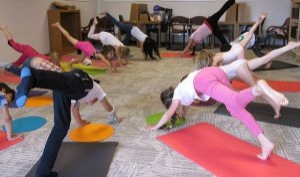 Like adults, children have to deal with their own stress in life. Moving house, starting a new school, preparing for a new sibling - these are
Like adults, children have to deal with their own stress in life. Moving house, starting a new school, preparing for a new sibling - these are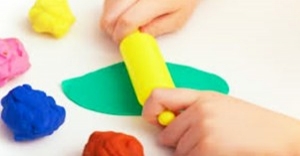 Playdough is such a versatile material. It provides numerous benefits to children as they manipulate it, it is safe and soothing and provides children with
Playdough is such a versatile material. It provides numerous benefits to children as they manipulate it, it is safe and soothing and provides children with Teaching children about sustainability enables them to appreciate and respect the natural environment. Early childhood services can provide meaningful hand on learning experiences in order
Teaching children about sustainability enables them to appreciate and respect the natural environment. Early childhood services can provide meaningful hand on learning experiences in order Recycling is an important concept that teaches children to care for the environment. It encourages children to be responsible and show a growing appreciating for
Recycling is an important concept that teaches children to care for the environment. It encourages children to be responsible and show a growing appreciating for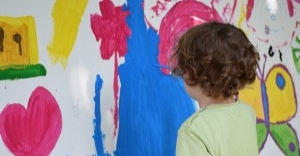 When children apply paint to paper, glue things together, or pound a lump of clay, they experiment with colour, shape design and texture.
When children apply paint to paper, glue things together, or pound a lump of clay, they experiment with colour, shape design and texture.

